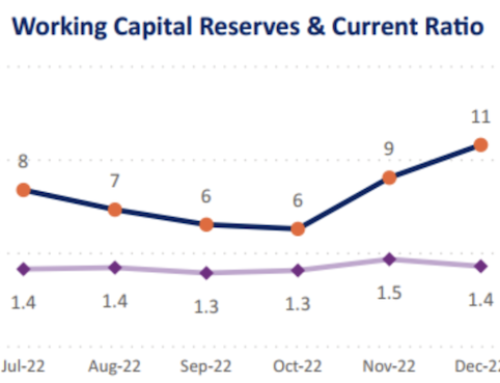 In our years working with clients to build budgets, we sometimes encounter a common error in the process, which leads to a shortfall in organisational overheads. Sharing our learnings below for those wading into these murky waters…!
In our years working with clients to build budgets, we sometimes encounter a common error in the process, which leads to a shortfall in organisational overheads. Sharing our learnings below for those wading into these murky waters…!
- When we talk overheads we usually refer to these as a % of total income
- However, often when management are building project budgets, they do so on a ‘cost-plus’ basis. The % you apply is different depending on how you come to your total project value. You don’t want to short yourself the overhead charge that you need to be sustainable. So there’s a need to be careful when using the cost-plus approach.
- Take the example of a $1mil project. If you vision and pitch it at total income of $1mil, and your overhead charges are 20%, it follows neatly that it’s $200k overhead (and therefore $800k of direct project costs).
- However, if you build your budget from the bottom up, adding salaries and other direct project costs, and they come to $800k, if you add 20% to that $800k cost base you only come to a $160k overhead (not the $200k). This is the ‘cost-plus’ approach. In that example you’ve inadvertently shorted overheads/the project by $40k. That’s because of the mathematical trick – the denominator is lower in the cost-plus method (for the math buffs 😊).
To get to your desired overhead on a cost-plus basis you need to follow this formula, where r is your desired overhead rate:
Our r was 20%
(1/(1 – r)) – 1
In this case (1/(1 – 20%)) – 1 = 25%






Recent Comments